And then the water turned heavy
Alice Bardy, Anna Favaretto, Marija Mitić, Gioele Prette
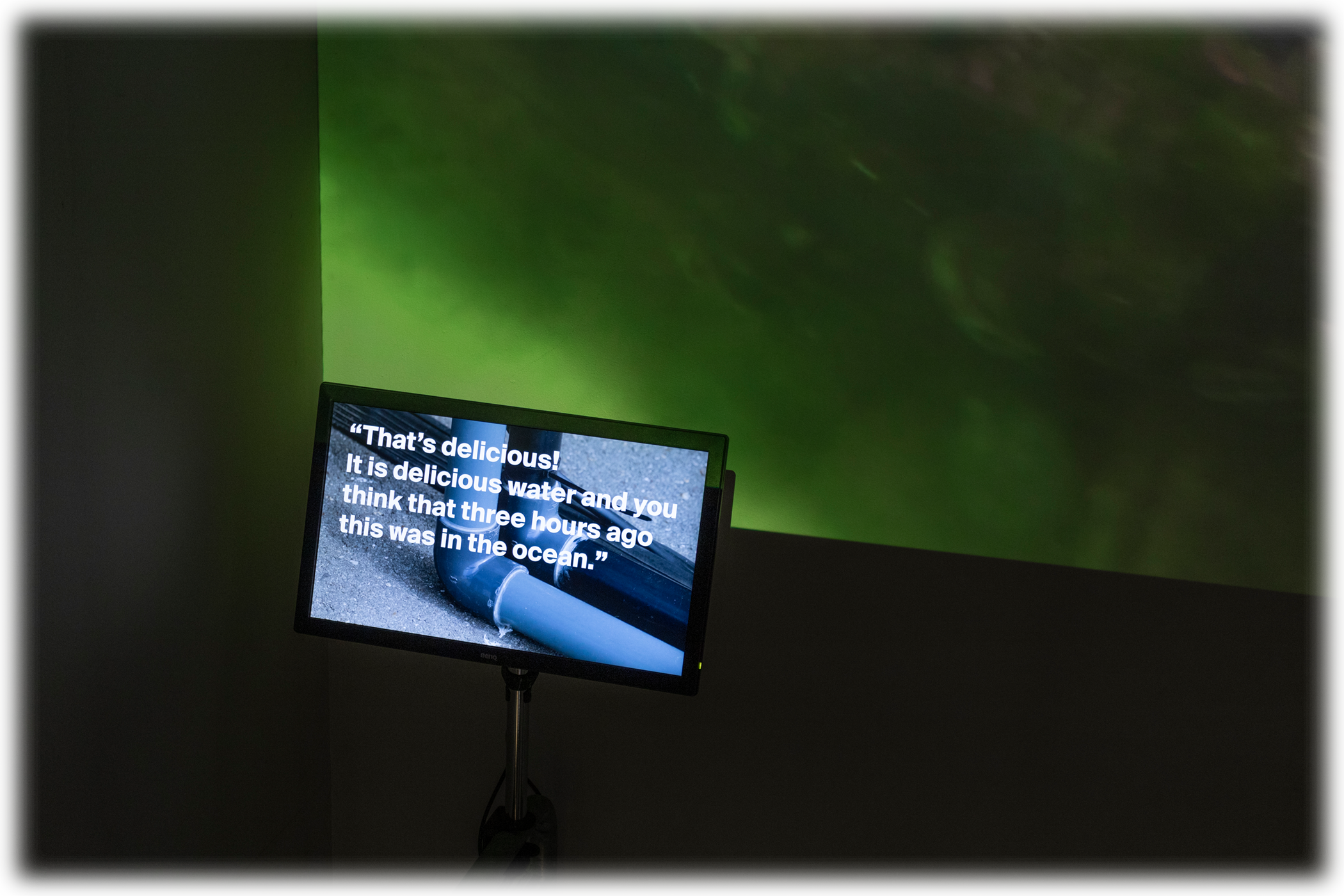
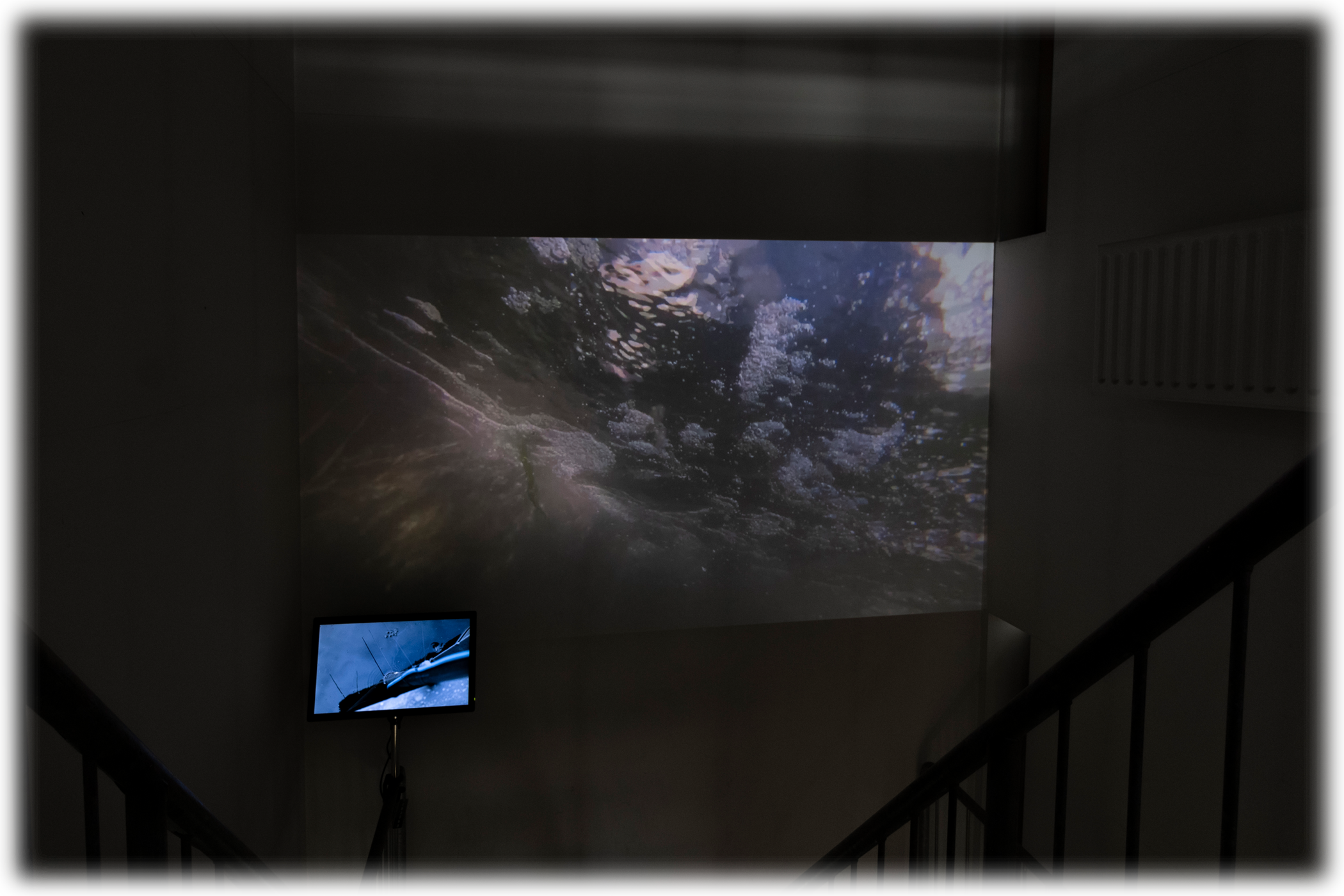
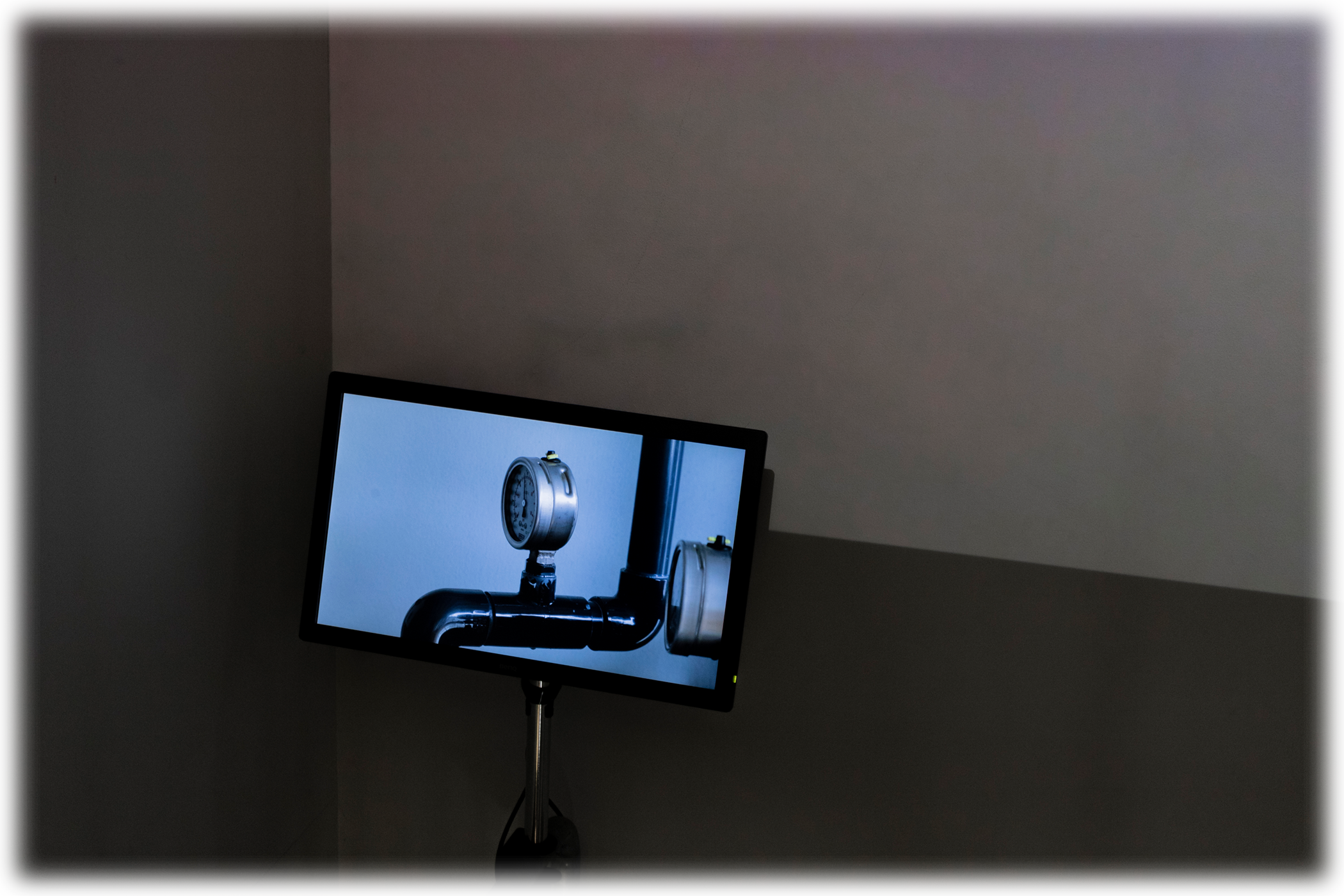
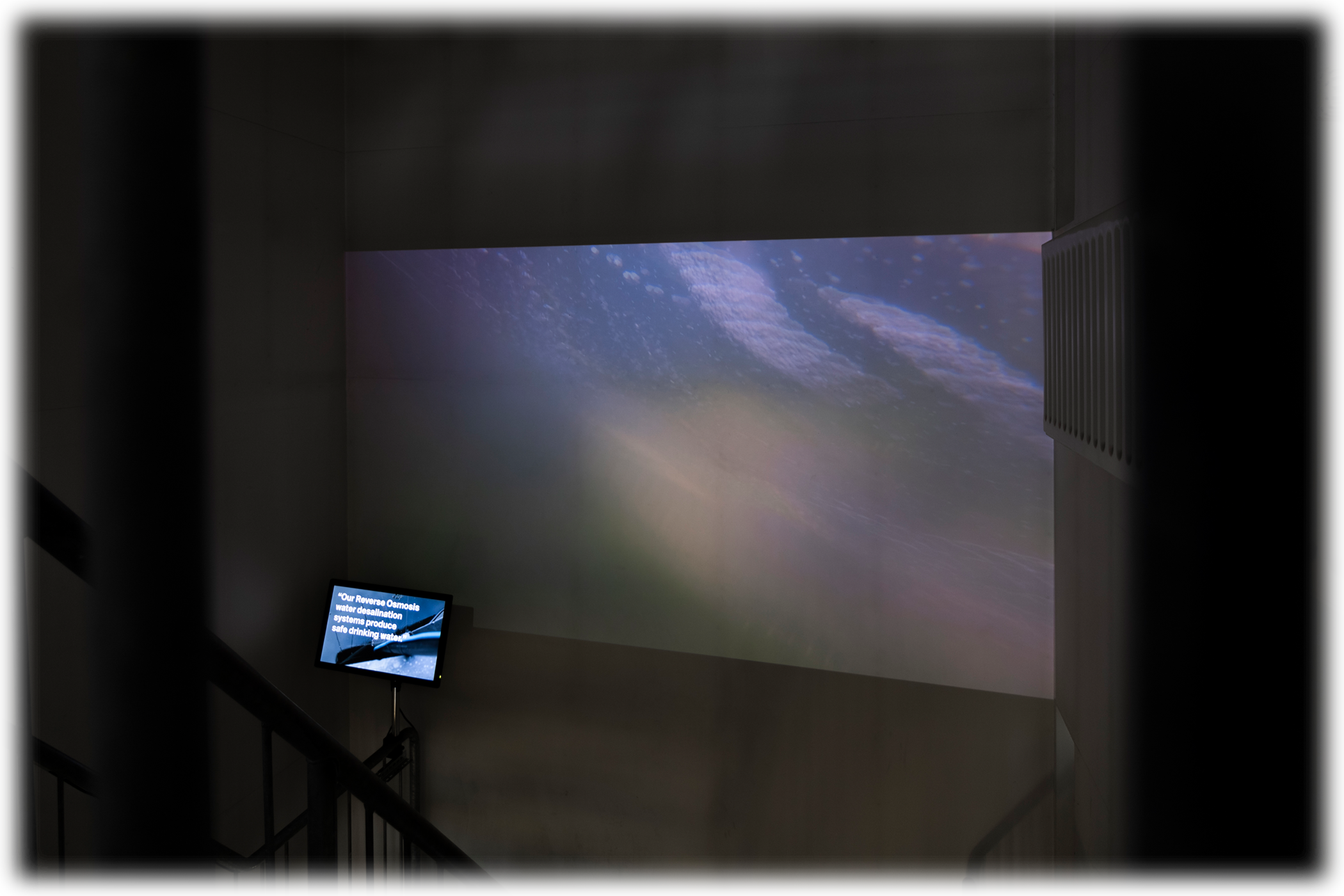
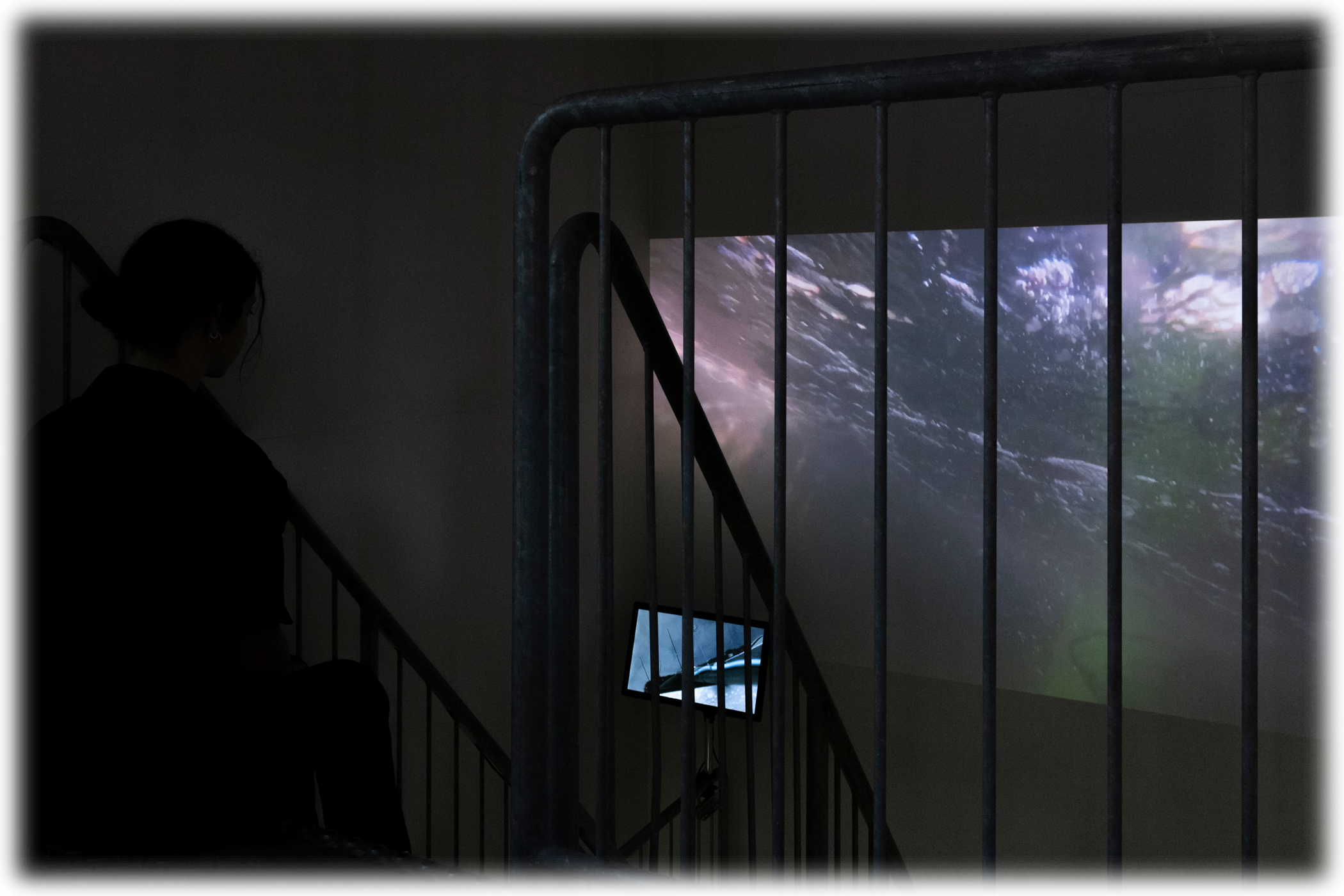
What is the cost of taming water? For a long time, humans have made a distinction between “tame water” – drinkable, fresh, sweet – and “wild water” – salty, dangerous, useless –. In this project, we wanted to look into this duality by focusing on the “taming” process itself. Our choice fell on desalination, a choice that felt apt given the predicted lack of drinking water in the near future. We examined the purification of undrinkable seawater into freshwater and how desalination plants impact marine life in their surroundings.


Our research led us to a desalination plant in The Hague – a testing facility that handles water within a single blue shipping container. There, the issue of scale became immediately apparent: the employed technology is relatively harmless when applied to a small test-site, but can become extremely destructive when scaled up to the needs of a city. The release of high-salinity brine into coastal areas and the noise pollution caused by ceaseless pumping are currently the two main issues of desalination. With our installation we ask “Pressured by water scarcity, what happens when this operation is scaled up to nation-wide infrastructures?” and imagine how the non-human inhabitants of The Hague’s shores would respond. This main storyline is contrasted by the narratives deployed by desalination businesses which tend to minimise the destructive aspects of their technology.